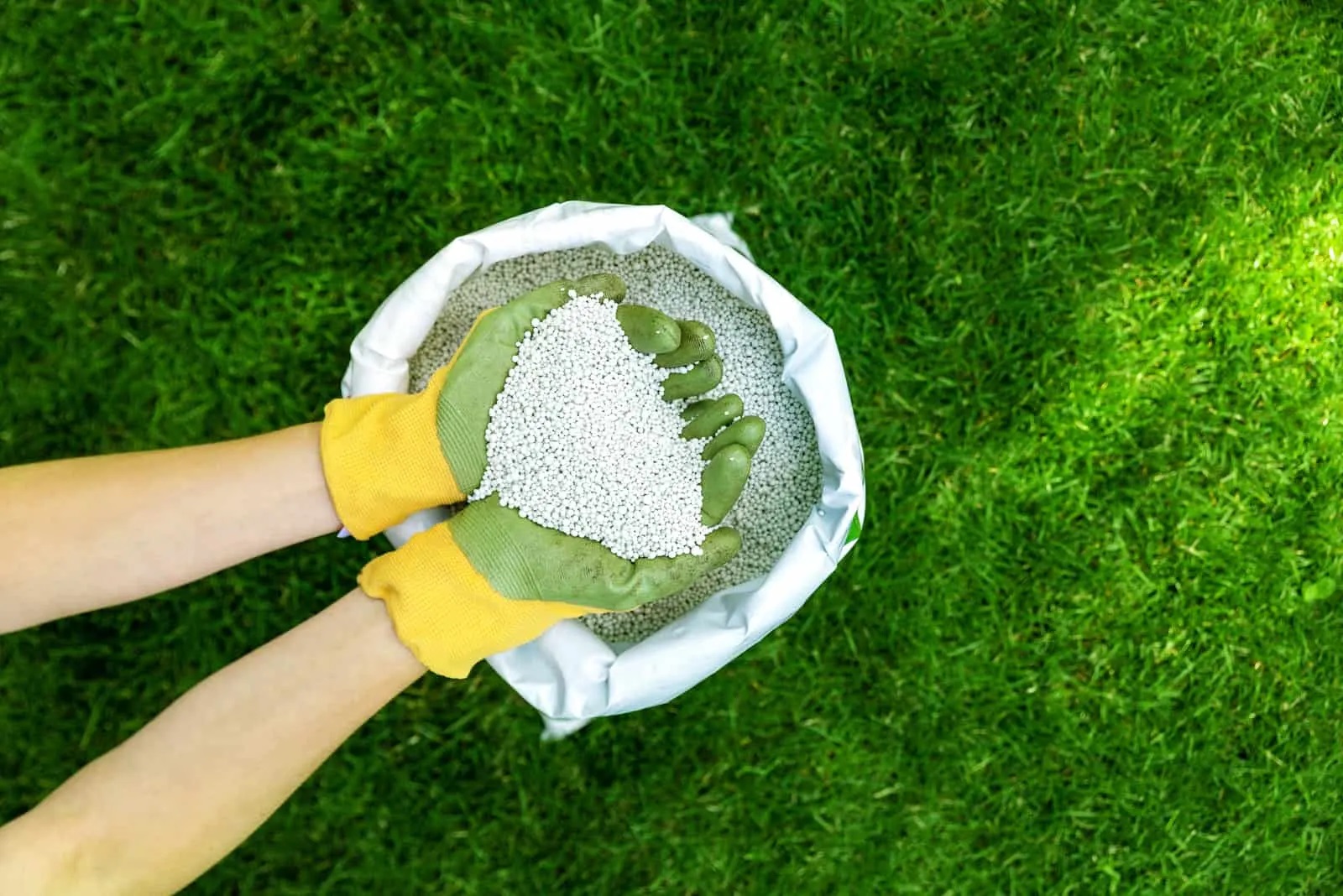

Articles
What Is In 10 10 10 Fertilizer
Modified: January 19, 2024
Discover the benefits and composition of 10-10-10 fertilizer, a popular choice for gardeners. Our articles provide expert insights on this versatile fertilizer.
(Many of the links in this article redirect to a specific reviewed product. Your purchase of these products through affiliate links helps to generate commission for Storables.com, at no extra cost. Learn more)
Introduction
When it comes to gardening and agriculture, proper fertilization plays a vital role in ensuring the health and vitality of plants. Fertilizers provide essential nutrients that plants need to grow, thrive, and produce abundant yields. One popular type of fertilizer that is commonly used is 10-10-10 fertilizer.
In this article, we will explore what exactly 10-10-10 fertilizer is, its components, benefits and uses, potential risks and precautions, as well as how to properly apply it to your plants.
Whether you are a seasoned gardener or just starting out, understanding the basics of 10-10-10 fertilizer can help you make informed decisions about your garden’s nutrient needs and achieve optimal results.
Key Takeaways:
- 10-10-10 fertilizer provides balanced nutrition with equal parts of nitrogen, phosphorus, and potassium, promoting lush foliage, abundant blooms, and strong root development in a wide range of plants.
- Proper application and precautions are crucial when using 10-10-10 fertilizer to avoid overfertilization, environmental impact, and soil imbalances. Conducting soil tests and following guidelines ensure optimal plant health and growth.
Read more: What Is 30 10 10 Fertilizer Used For
What is 10-10-10 Fertilizer?
10-10-10 fertilizer is a balanced, all-purpose fertilizer that contains equal amounts of three major nutrients: nitrogen (N), phosphorus (P), and potassium (K). The numbers 10-10-10 refer to the percentage of each nutrient present in the fertilizer.
Nitrogen is essential for promoting leafy green growth and overall plant health. It aids in the formation of proteins, enzymes, and chlorophyll, which are necessary for photosynthesis. Phosphorus, on the other hand, is crucial for root development, flowering, and fruiting. It plays a vital role in energy transfer within the plant. Lastly, potassium is important for promoting strong stems, disease resistance, and overall plant vigor.
Due to its balanced nutrient composition, 10-10-10 fertilizer is commonly chosen for general use in various plants, including lawns, vegetables, flowers, and shrubs. It provides a well-rounded nutrient profile that can support overall plant growth and development.
It is important to note that while 10-10-10 fertilizer can be a convenient and effective option, it may not be suitable for all plants and soil types. Before applying any fertilizer, it is recommended to perform a soil test to determine the specific nutrient needs of your plants.
The Components of 10-10-10 Fertilizer
10-10-10 fertilizer contains three main components: nitrogen, phosphorus, and potassium. Let’s take a closer look at each of these nutrients and their roles in plant growth and development:
- Nitrogen (N): Nitrogen is an essential nutrient that promotes healthy foliage and overall plant growth. It is responsible for the production of proteins, enzymes, and chlorophyll, which are vital for photosynthesis. Nitrogen also helps plants develop strong stems and lush green leaves.
- Phosphorus (P): Phosphorus is crucial for root development, flowering, and fruiting. It facilitates energy transfer within the plant and aids in the formation of DNA, RNA, and ATP (adenosine triphosphate), which supplies energy to cells. Phosphorus is particularly important during the early growth stages of plants.
- Potassium (K): Potassium is involved in many physiological processes within the plant. It helps regulate water movement, enhances disease resistance, and promotes overall plant vigor. Potassium is essential for the development of strong stems and roots, as well as the transportation of sugars and nutrients throughout the plant.
The combination of these three nutrients provides a well-rounded fertilizer that can address multiple aspects of plant growth and development. The balanced ratio of 10-10-10 ensures that plants receive equal amounts of these crucial nutrients.
In addition to nitrogen, phosphorus, and potassium, 10-10-10 fertilizer may also contain secondary nutrients like calcium, magnesium, and sulfur, as well as micronutrients like iron, manganese, zinc, and copper. These secondary nutrients and micronutrients are usually present in smaller amounts but are still important for overall plant health.
By providing a balanced blend of nutrients, 10-10-10 fertilizer can help replenish soil deficiencies and improve plant nutrition, leading to healthier plants with improved resistance to pests and diseases.
Benefits and Uses of 10-10-10 Fertilizer
10-10-10 fertilizer offers several benefits and has a wide range of uses in gardening and agriculture. Let’s explore some of the key advantages and practical applications of this balanced fertilizer:
- 1. Versatility: One of the main benefits of 10-10-10 fertilizer is its versatility. It can be used for various types of plants, including lawns, vegetables, flowers, and shrubs. Whether you are planting seeds, transplanting young plants, or maintaining established ones, 10-10-10 fertilizer can be a suitable choice.
- 2. Balanced Nutrition: The equal ratio of nitrogen, phosphorus, and potassium in 10-10-10 fertilizer provides balanced nutrition for plants. This helps ensure that all essential nutrients are available in proper proportions, supporting overall growth and development.
- 3. Promotes Growth and Greening: The nitrogen content in 10-10-10 fertilizer stimulates leafy green growth, making it particularly beneficial for lawns and leafy vegetables. It helps plants produce more foliage and achieve a lush, healthy appearance.
- 4. Enhances Flowering and Fruiting: The phosphorus component of 10-10-10 fertilizer plays a crucial role in promoting flower and fruit development. It aids in the formation of buds, flowers, and healthy fruit. If you want your plants to produce abundant blooms or bountiful harvests, using 10-10-10 fertilizer can help achieve these goals.
- 5. Improves Root Development: The phosphorus and potassium in 10-10-10 fertilizer are essential for root growth and development. By providing these nutrients, the fertilizer helps plants establish strong and healthy root systems, improving their ability to uptake water and nutrients from the soil.
- 6. Easy to Use: 10-10-10 fertilizer is typically available in granular form, making it easy to handle and apply. The granules can be spread evenly over the soil surface or incorporated into the planting hole during transplanting. Follow the instructions on the fertilizer packaging for the recommended application rates.
Remember, it is important to tailor the fertilizer application to the specific needs of your plants and soil conditions. Conducting a soil test can provide valuable insights into any nutrient deficiencies or imbalances and guide you in determining the appropriate amount of 10-10-10 fertilizer to use.
Overall, the versatility and balanced nutrient content of 10-10-10 fertilizer make it a valuable tool for promoting healthy plant growth, improving overall plant vigor, and maximizing yields in gardens.
10-10-10 fertilizer contains equal parts of nitrogen, phosphorus, and potassium. This balanced ratio makes it suitable for promoting overall plant growth and development. Use it for a variety of plants, including vegetables, flowers, and shrubs.
Potential Risks and Precautions
While 10-10-10 fertilizer offers numerous benefits, it is important to be aware of the potential risks and take necessary precautions when using it. Here are some considerations to keep in mind:
- 1. Overfertilization: Using excessive amounts of 10-10-10 fertilizer can lead to overfertilization, also known as fertilizer burn. This can damage plants and disrupt their growth. Follow the recommended application rates provided on the fertilizer packaging and avoid applying more than necessary.
- 2. Environmental Impact: Fertilizers, including 10-10-10, can have an impact on the environment if misused or overused. Nutrient runoff from gardens or lawns can contribute to water pollution in lakes, rivers, and other water bodies. To minimize environmental impact, always follow the guidelines for proper fertilizer application and avoid applying near water sources or before heavy rain.
- 3. Prolonged Use: Continuous and excessive use of 10-10-10 fertilizer can result in imbalanced soil nutrient levels. This can negatively impact plant health and contribute to nutrient runoff. It is recommended to periodically test the soil to assess its nutrient levels and adjust your fertilizer usage accordingly.
- 4. Safety Precautions: When handling 10-10-10 fertilizer or any other fertilizers, it is important to follow safety precautions. Wear gloves and protective clothing, especially if you have sensitive skin or allergies. Avoid inhaling the fertilizer dust and wash your hands thoroughly after use.
- 5. Store Properly: Store 10-10-10 fertilizer in a cool, dry place, away from direct sunlight and moisture. Ensure that it is kept out of reach of children and pets to prevent accidental ingestion.
It is also advisable to consult the instructions provided by the fertilizer manufacturer for specific usage guidelines and precautions.
Lastly, consider alternative fertilizers or organic options if you prefer to minimize the use of synthetic fertilizers or have specific gardening practices, such as organic gardening or sustainable farming.
By being aware of the potential risks and taking appropriate precautions, you can safely and effectively use 10-10-10 fertilizer to nourish your plants and achieve the desired results without compromising plant health or the environment.
Read also: 10 Amazing Fertilizer for 2024
How to Properly Apply 10-10-10 Fertilizer
Proper application of 10-10-10 fertilizer is essential to ensure effective nutrient uptake by plants and to avoid any negative impacts. Here are some steps to follow when applying 10-10-10 fertilizer:
- 1. Soil Testing: Before applying any fertilizer, conduct a soil test to determine the nutrient levels in your soil. This will help you understand if your plants require additional nutrients and guide you in the appropriate application rates.
- 2. Determine the Application Rate: Read the instructions on the 10-10-10 fertilizer packaging to determine the recommended application rate based on your plant’s needs and the size of the area you are treating.
- 3. Timing: Apply the fertilizer at the appropriate time. For most plants, the best time is during the growing season or before the onset of new growth. However, it is important to consider the specific needs of your plants, as some may require fertilization at different times.
- 4. Even Distribution: Spread the 10-10-10 fertilizer evenly over the soil surface, covering the entire area to be fertilized. You can use a spreader or distribute it by hand, taking care to avoid clumps or excessive concentration in one area.
- 5. Incorporation: If you prefer, you can choose to incorporate the fertilizer into the soil. Lightly rake or water the area after application to help the granules dissolve and mix with the soil. This can help ensure better nutrient distribution and reduce the risk of nutrient runoff.
- 6. Watering: Water the soil thoroughly after applying the fertilizer. This helps facilitate nutrient absorption by the plant roots and ensures that the fertilizer reaches the root zone.
- 7. Repeat Applications: Depending on the needs of your plants and soil, you may need to repeat the application of 10-10-10 fertilizer at regular intervals throughout the growing season. Follow the guidelines on the packaging for proper timing and frequency of applications.
It is important to note that the application rates and guidelines may vary based on the specific brand and formulation of the 10-10-10 fertilizer. Always refer to the instructions provided by the manufacturer for the most accurate guidance.
By following these steps, you can ensure that your plants receive the appropriate amount of nutrients from the 10-10-10 fertilizer, leading to healthy growth, vibrant foliage, and bountiful blooms or harvests.
Conclusion
10-10-10 fertilizer is a versatile and balanced fertilizer that offers numerous benefits for plant growth and development. With its equal ratio of nitrogen, phosphorus, and potassium, it provides essential nutrients that plants require to thrive.
When used correctly, 10-10-10 fertilizer can promote lush green foliage, enhance flowering and fruiting, and strengthen root systems. It is suitable for a wide range of plants, including lawns, vegetables, flowers, and shrubs.
However, it is important to exercise caution when using 10-10-10 fertilizer. Overfertilization can lead to harmful effects on plants, while excessive and improper use can contribute to environmental pollution and soil imbalances. Following the recommended application rates, timing, and precautions can help mitigate these risks.
Additionally, it is always a good practice to conduct a soil test to determine the specific nutrient needs of your plants and adjust fertilization accordingly. This ensures that you are providing the right nutrients in the right amounts for optimal plant health and growth.
Lastly, considering alternative fertilizers or organic options can provide more sustainable and environmentally friendly choices for fertilizing your plants.
In conclusion, 10-10-10 fertilizer is a valuable tool for promoting healthy plant growth and maximizing yields in gardens. By understanding its components, benefits, potential risks, and proper application methods, you can harness the power of 10-10-10 fertilizer to nurture your plants and create a thriving and beautiful garden.
Frequently Asked Questions about What Is In 10 10 10 Fertilizer
Was this page helpful?
At Storables.com, we guarantee accurate and reliable information. Our content, validated by Expert Board Contributors, is crafted following stringent Editorial Policies. We're committed to providing you with well-researched, expert-backed insights for all your informational needs.
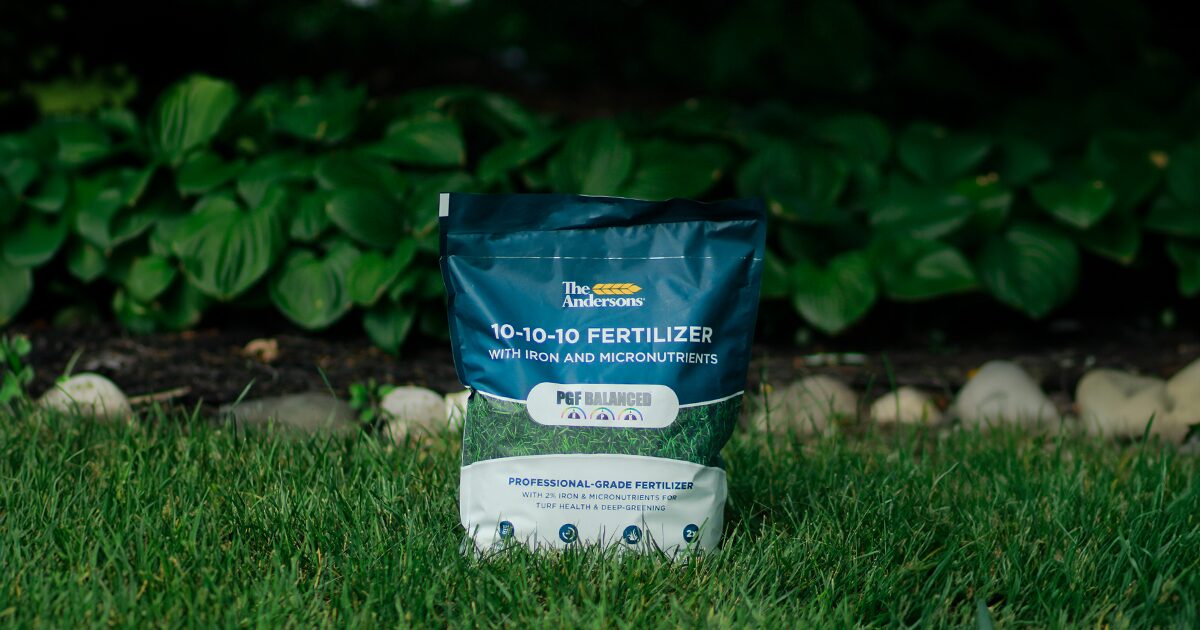
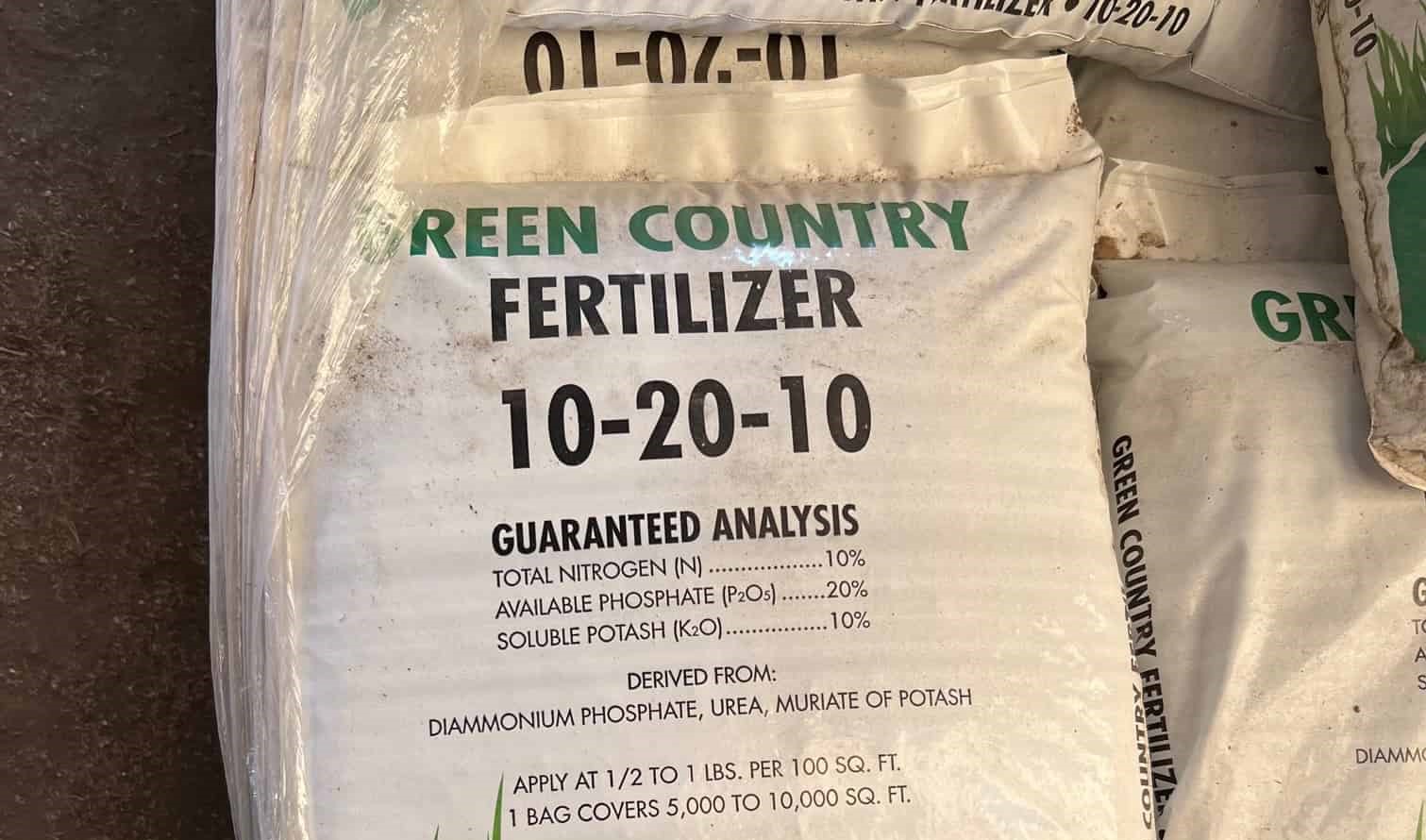
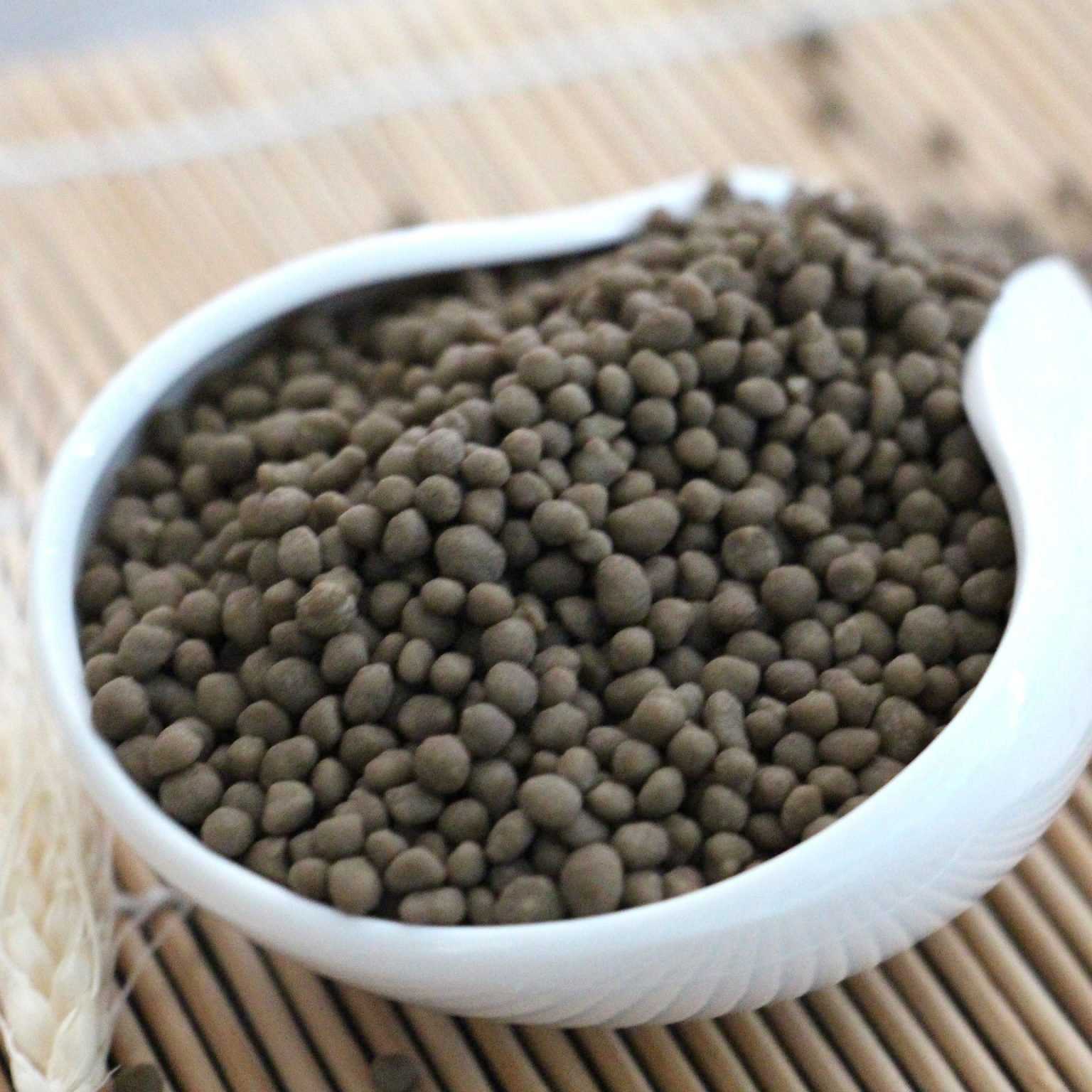
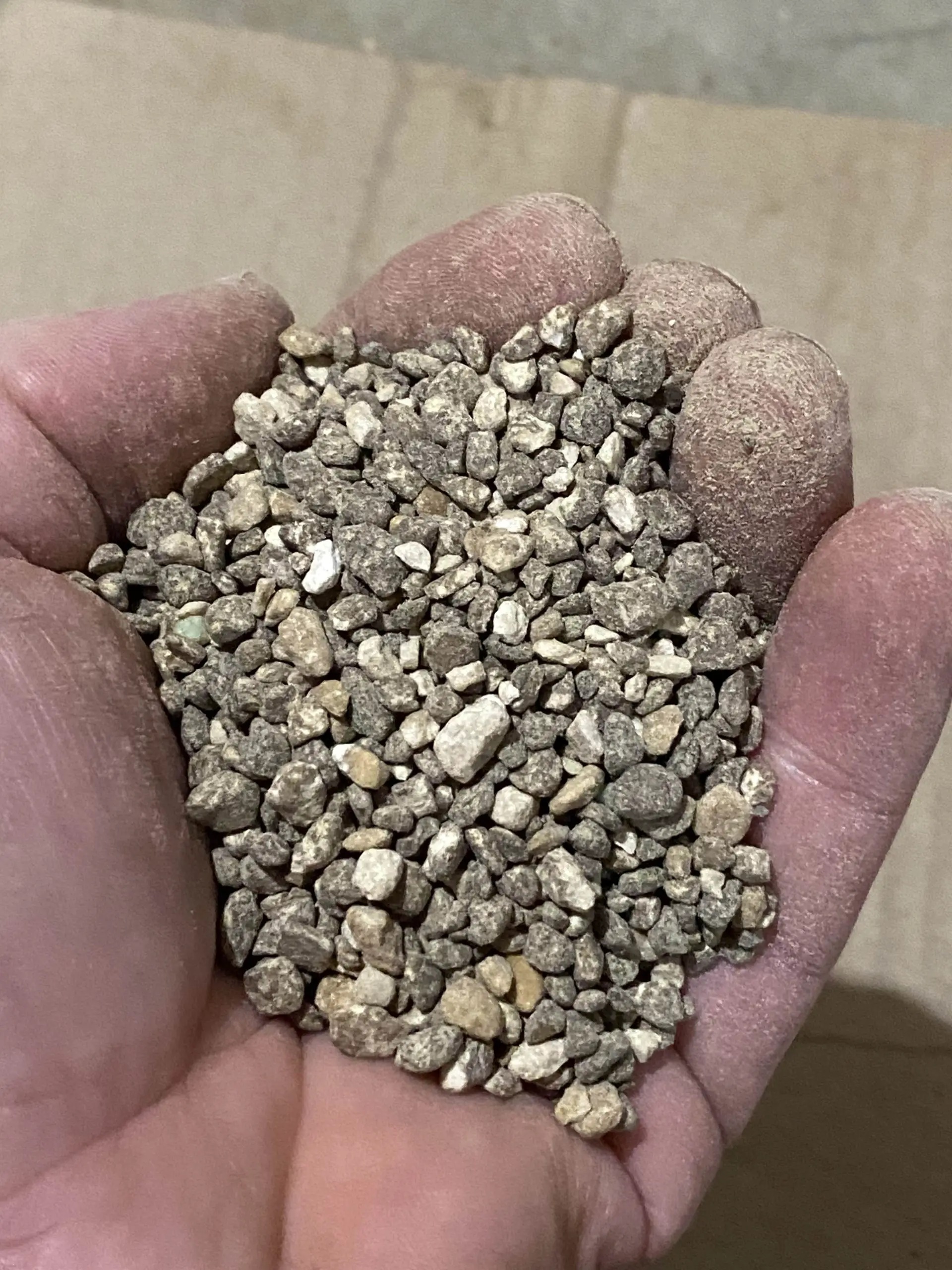
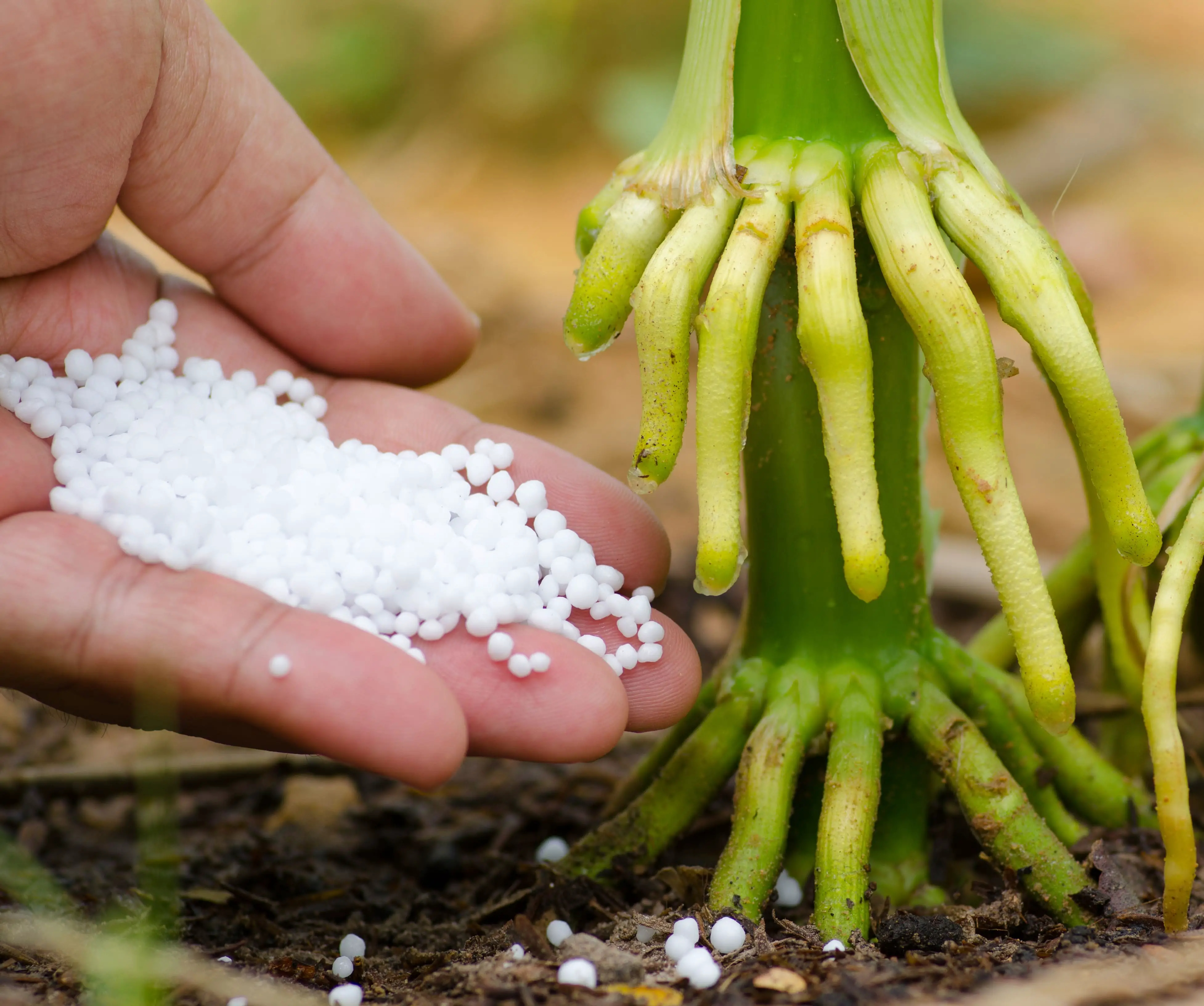
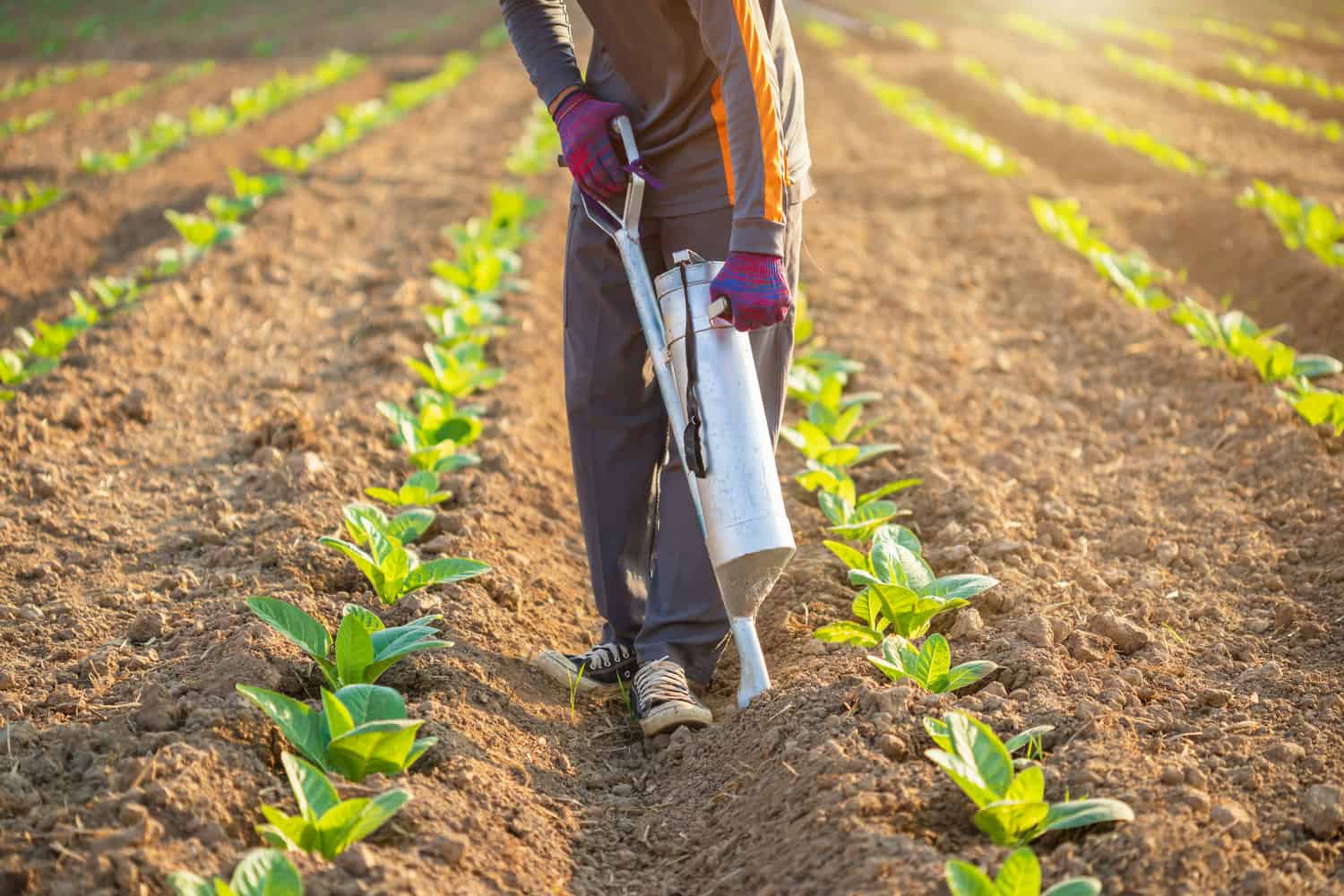
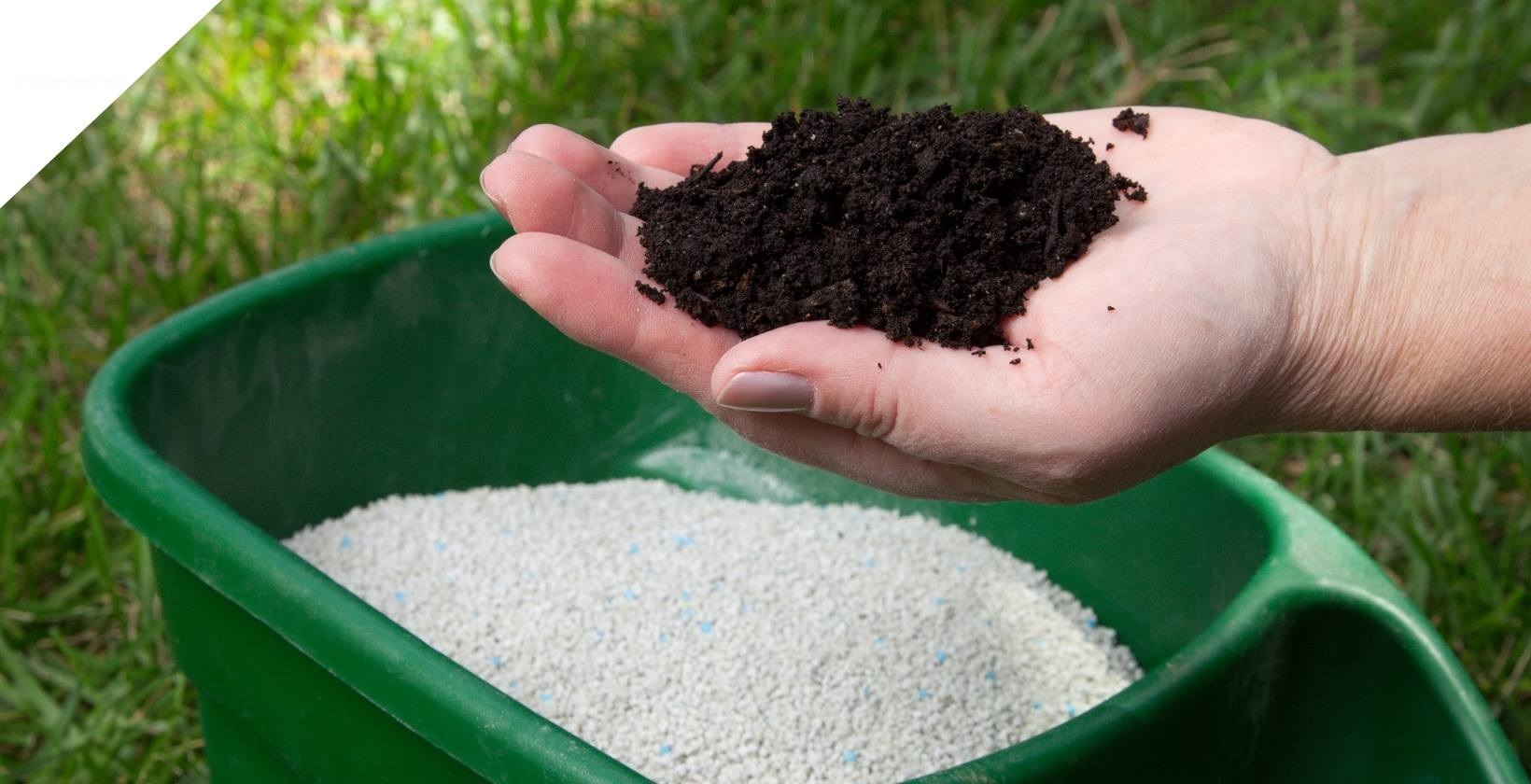
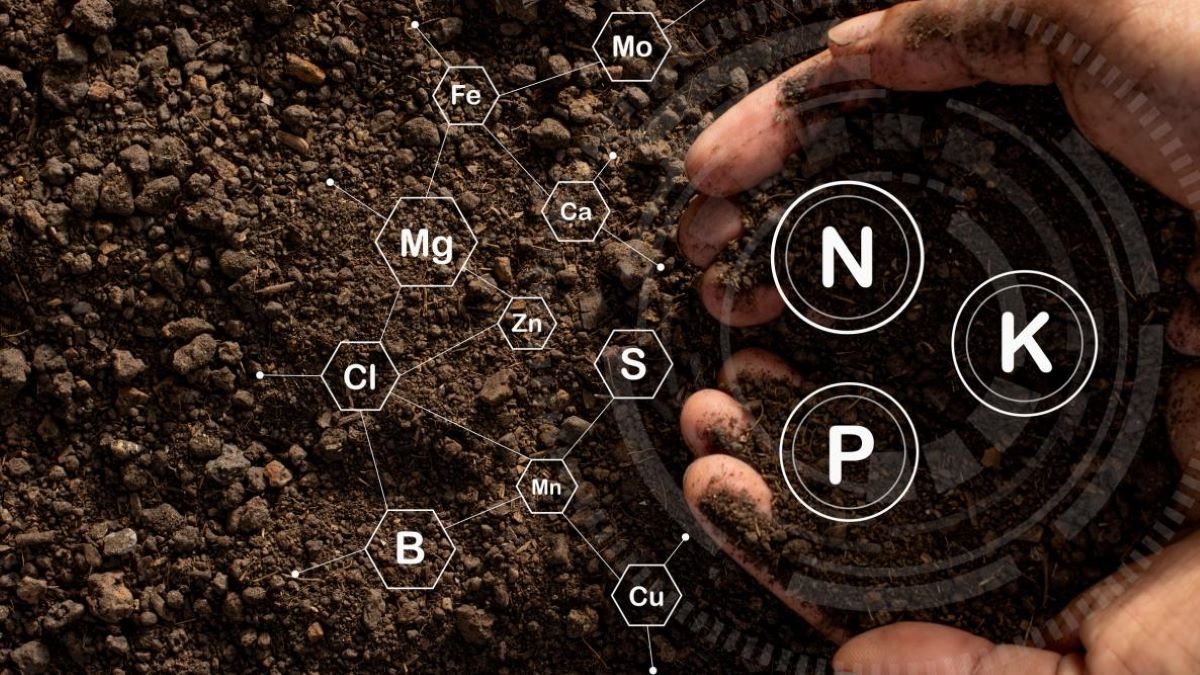
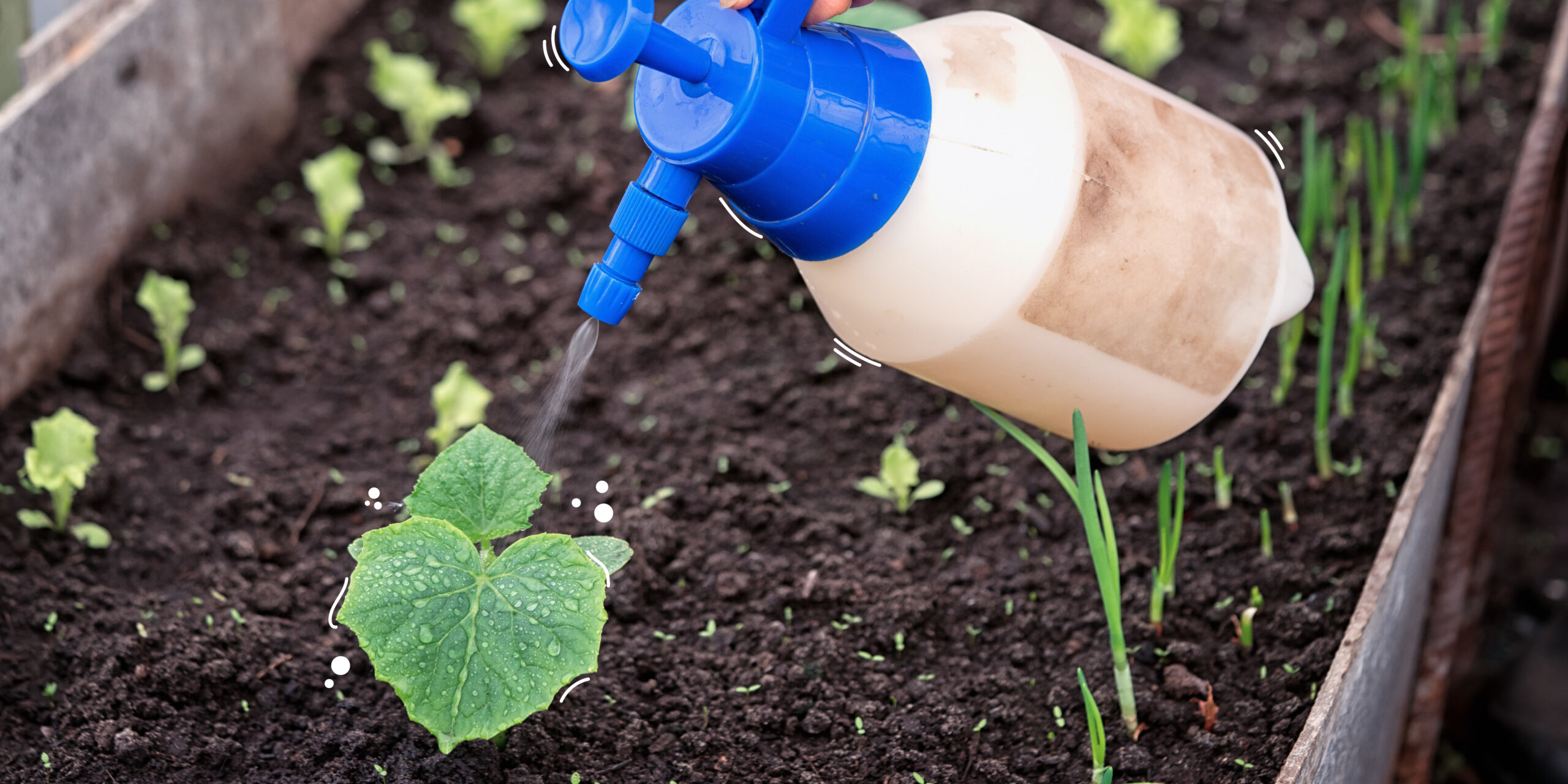
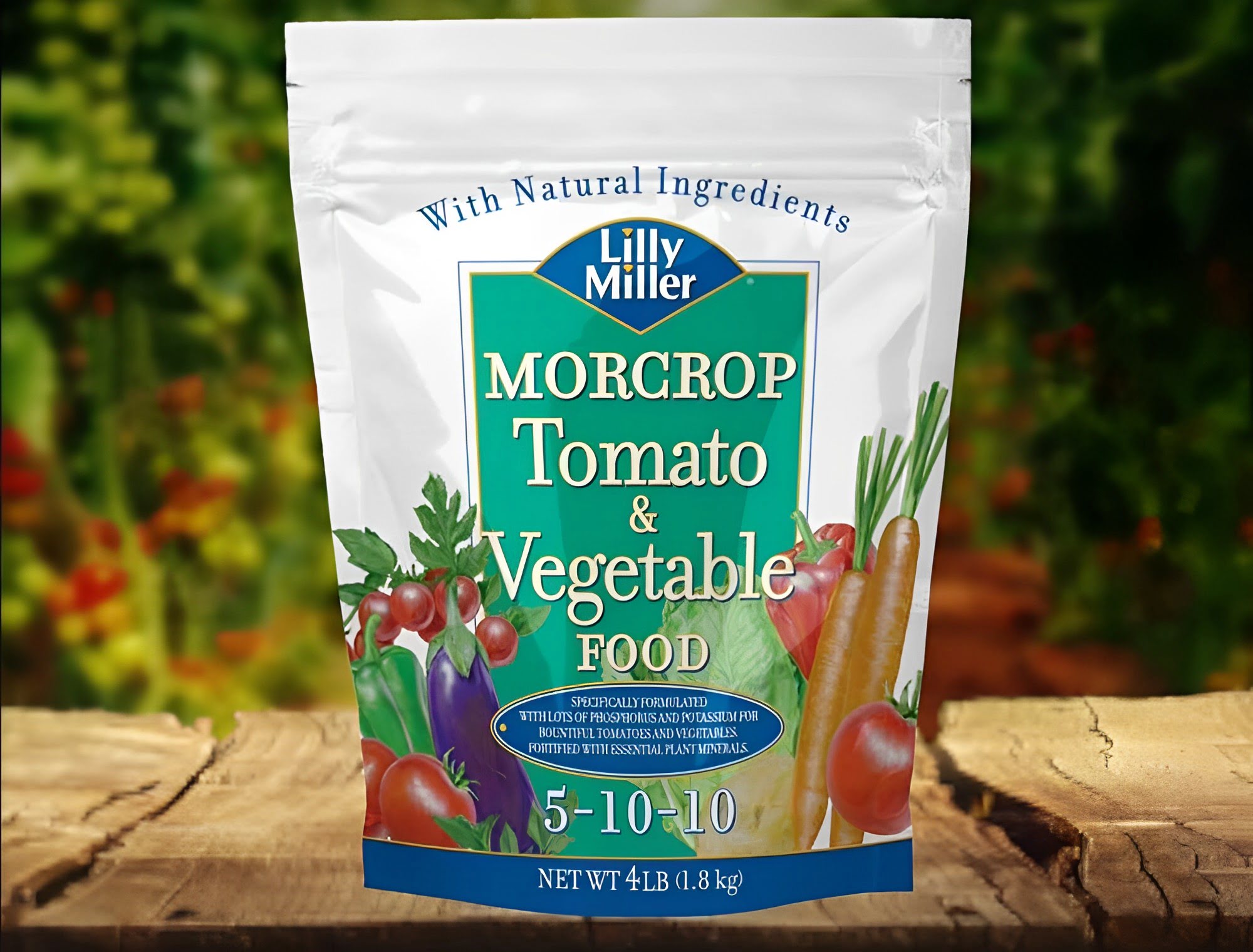
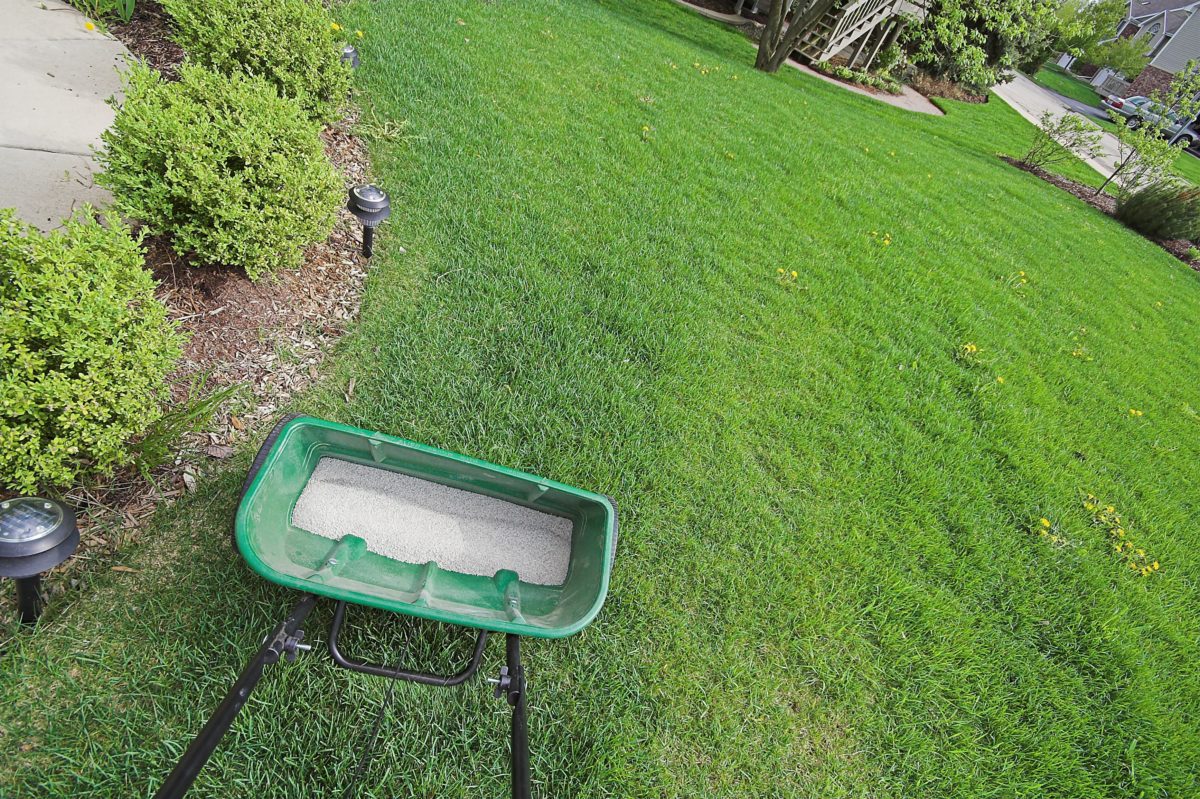
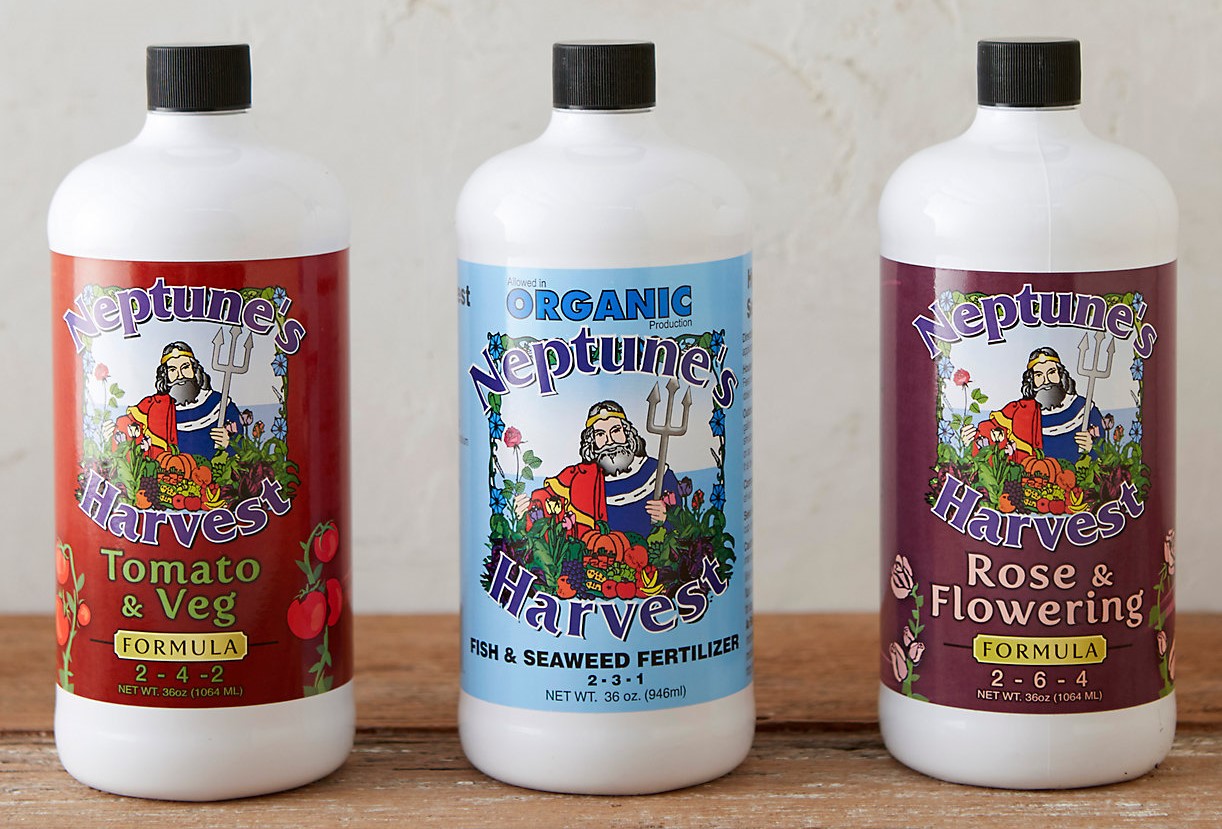
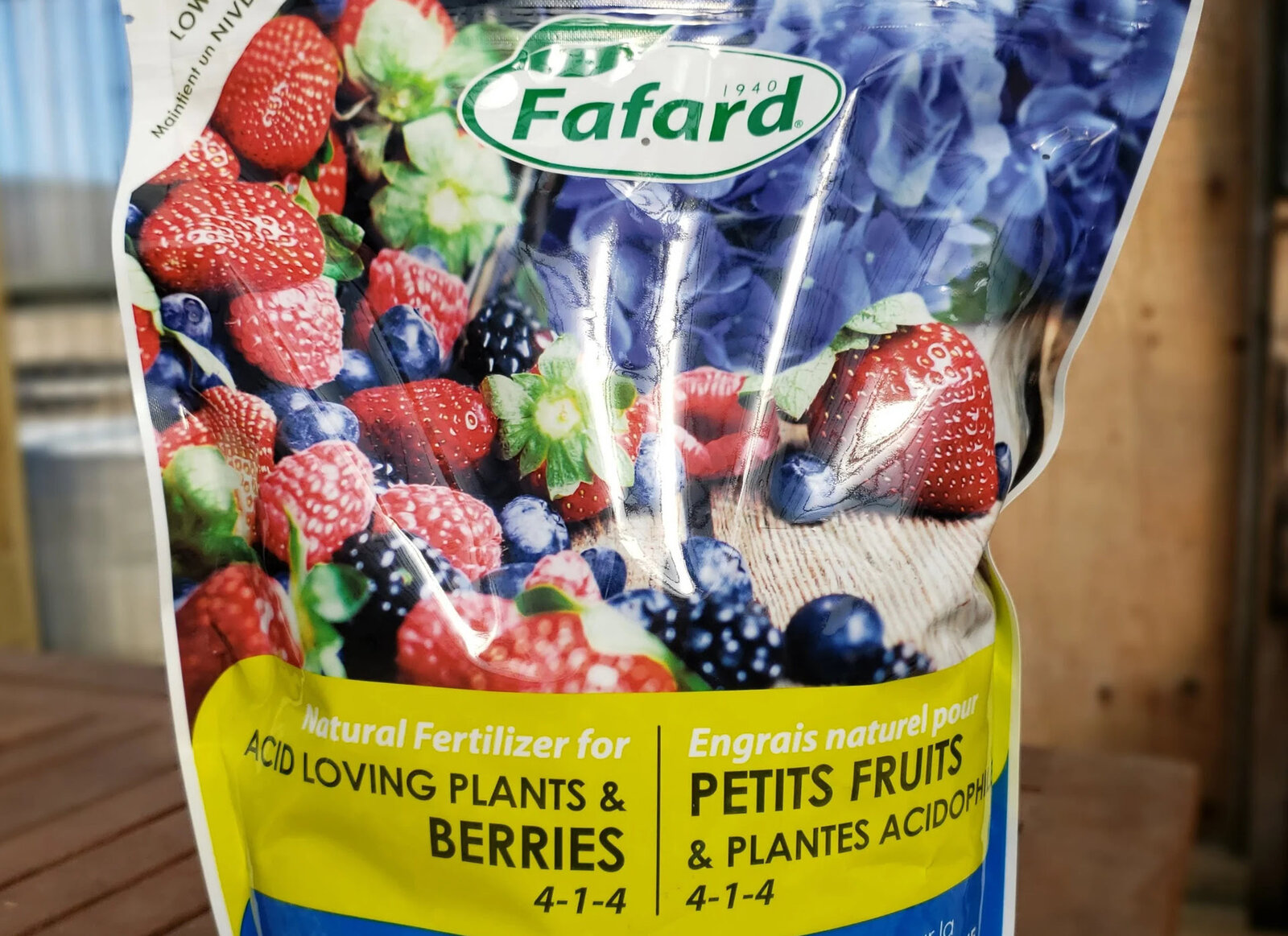
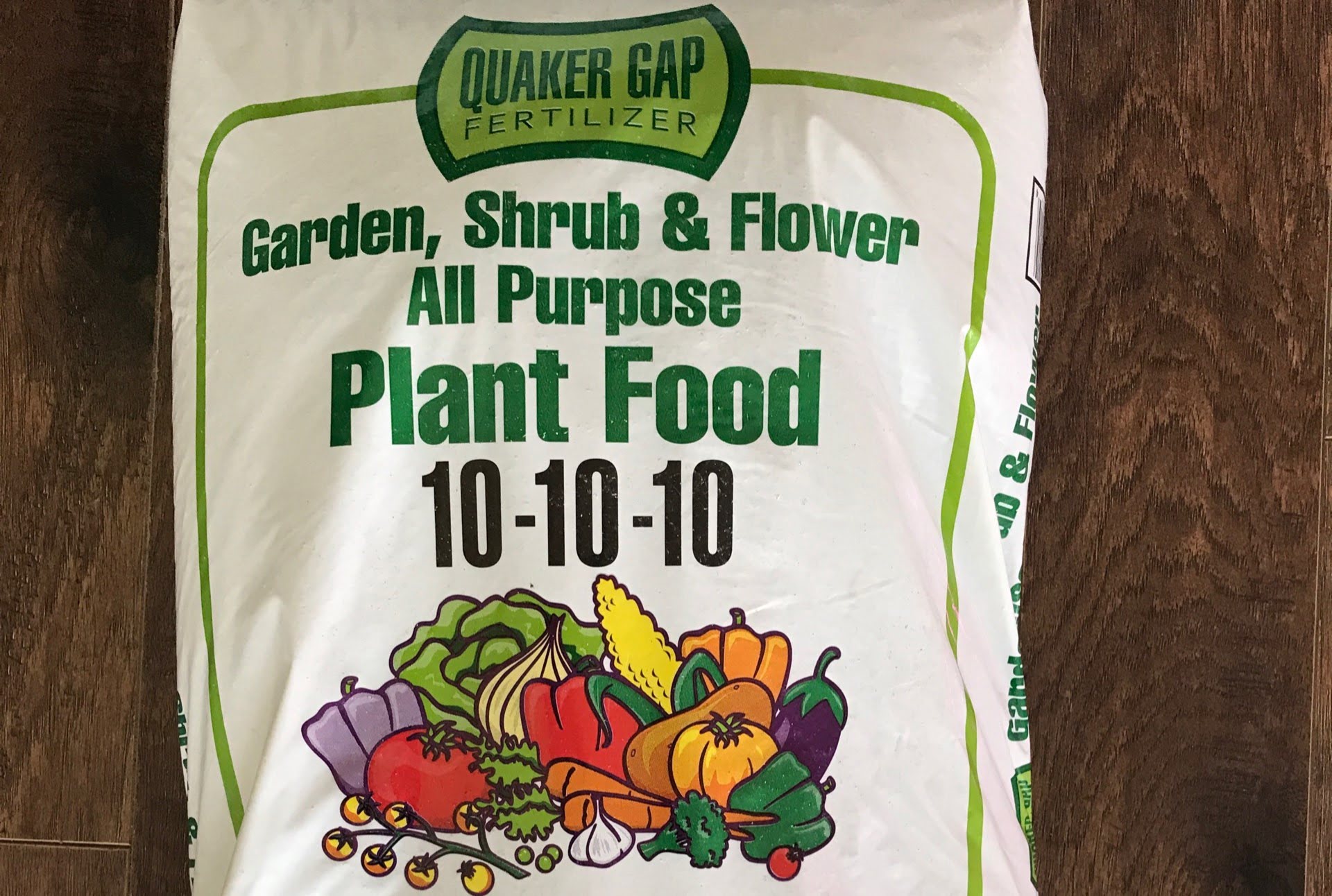

0 thoughts on “What Is In 10 10 10 Fertilizer”